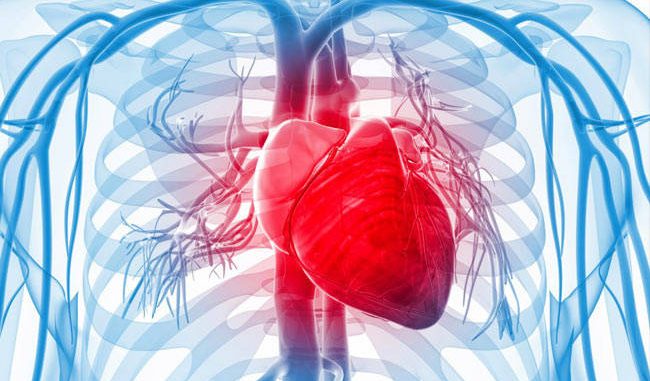
A low-oxygen environment – similar to what is found at the top of the Mount Everest – may reverse heart disease, a new study has found.
Researchers at University of Texas in the US have been able to regenerate heart muscle by placing mice in an extremely low-oxygen environment.
They lowered the oxygen in the air breathed by mice until it was at 7 per cent.
After two weeks in the low-oxygen environment, the heart muscle cells – called cardiomyocytes – were dividing and growing. Under normal circumstances cardiomyocytes do not divide in adult mammals.
The study build upon years of work which began with the discovery that the hearts of newborn mammals have the ability to regenerate, similar to the way skin has the ability to repair itself after a cut.
However, this ability of heart muscle to regenerate is quickly lost in the following weeks as the animal ages and cardiomyocytes are bathed in the oxygen-rich environment of the beating heart, causing damage to the cells.
“The adult human heart is not capable of any meaningful repair following a heart attack, which is why heart attacks have such a devastating impact,” said Hesham Sadek, associate professor at University of Texas.
“Though counterintuitive, we have shown that severely lowering oxygen exposure can sidestep damage to cells caused by oxygen and turn cell division back on, leading to heart regrowth,” he said.
In the study, researchers lowered the oxygen level from the normal 21 per cent to 7 per cent over a period of weeks, then monitored the mass and function of the heart.
They demonstrated that reduction in oxygen leads to both an increase in cardiomyocytes and improved heart function.
The researchers had tried a 10 per cent oxygen environment, but there was no heart regrowth in the 10 per cent oxygen environment.
To avoid oxygen damage to cells, oxygen levels needed to be very low, a situation referred to as hypoxia.
“This work shows that hypoxia equivalent to the summit of Mt Everest can actually reverse heart disease, and that is extraordinary,” said Benjamin Levine, professor at University of Texas.
“In theory, creating a low-oxygen environment could lead to repair not only of heart muscle, but of other organs as well,” said Sadek.
“Although exposure to this level of hypoxia can result in complications, it is tolerated in humans when performed in a controlled setting,” Sadek added.
Source: India Today

Leave a Reply